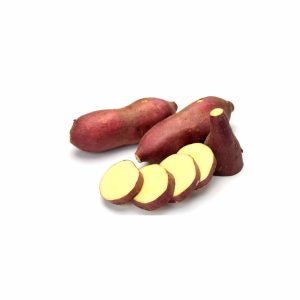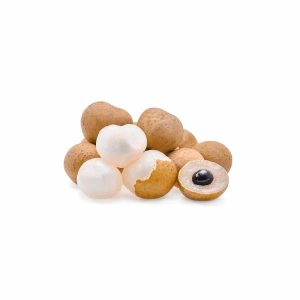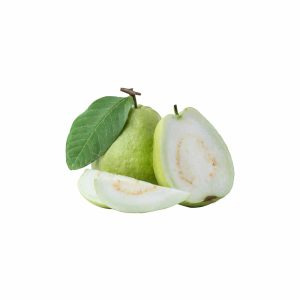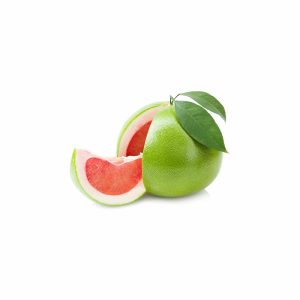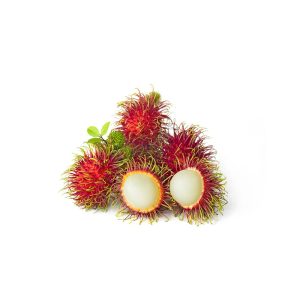When you think of bananas in geneal or Vietnamese banana, chances are the first image that comes to mind is the bright yellow Cavendish banana found in grocery stores around the world. This popular variety accounts for nearly 50% of global banana production and consumption. Beyond just being ubiquitous, the Cavendish banana offers a multitude of health benefits and versatile culinary uses that make it a true superfood.
Nutrition Powerhouse
Calorie for calorie, the Cavendish is one of the most nutritious fruits you can eat. A single medium banana contains just over 100 calories but packs an impressive nutritional punch. They are an excellent source of vitamin B6, manganese, vitamin C, fiber, potassium, and antioxidants.
The potassium content is particularly noteworthy, with a banana containing over 400mg or about 12% of the recommended daily value. Potassium is essential for heart health as it helps regulate blood pressure. The fiber in bananas, both soluble and insoluble, promotes healthy digestion and gut health.
Bananas are also a great source of energy from carbohydrates, with the natural sugars being released gradually into the bloodstream to provide sustained energy, not a spike and crash. This makes them an ideal pre-workout or breakfast food.
Versatile Culinary Uses
While many simply peel and eat the Cavendish out of hand, this banana lends itself well to countless recipes both sweet and savory. Baked into breads, muffins, and cakes, the natural sweetness allows less added sugar. Bananas can be paired with nut butters for a protein-rich snack or blended into smoothies and milkshakes.
In many tropical cuisines, bananas are used in savory dishes as well. They can be sautéed or fried and served with spices, curries, or as a side dish. Green, underripe bananas are used in Caribbean and Latin dishes, with their firm texture holding up well to cooking methods like frying.
Overripe, heavily speckled bananas are perfect for baking into banana breads or muffins where their extra sweetness enhances the final product. When a banana gets too ripe to eat fresh, simply pop it into the freezer for smoothies or nice cream (banana-based vegan ice cream).
Environment and Production
Beyond just their nutritional value and flexibility, Cavendish bananas represent an important crop for food security and agricultural economics around the globe. They are grown in over 150 countries with India, Vietnam, China, Indonesia, Brazil, and Ecuador among the top producers.
Cavendish bananas are well-suited to warm, tropical and subtropical environments and their trees produce abundant bunches of fruit year-round. They grow quickly from planted shoots and only take about 9 months from planting to produce fruit. This efficient production helps provide food security and income opportunities for many subsistence farmers.
The Cavendish we enjoy today was actually selected to replace other commercial cultivars that were devastated by disease. However, the lack of genetic diversity now leaves the Cavendish vulnerable to the same fate. Scientists are working to develop resistant and biofortified varieties to safeguard this critical global food source.
Convenience and Value
In addition to their nutrition and culinary properties, Cavendish bananas offer tremendous convenience as a grab-and-go snack or meal component. Their thick, protective peel allows easy transport without bruising or mess. They require no tools to eat and have no inedible cores, seeds, or rinds like many other fruits.
Bananas are also budget-friendly, providing nutrient density at a very low cost per calorie compared to other foods. Their year-round growing cycle and efficient transportation from tropical regions contributes to keeping bananas affordable for people of all income levels worldwide.
So next time you peel and enjoy the sweet, creamy flesh of a Cavendish banana, appreciate all the wholesome nutrition, versatility, and value packed into that appealing yellow package. This humble fruit is indeed an important global food worth celebrating.





